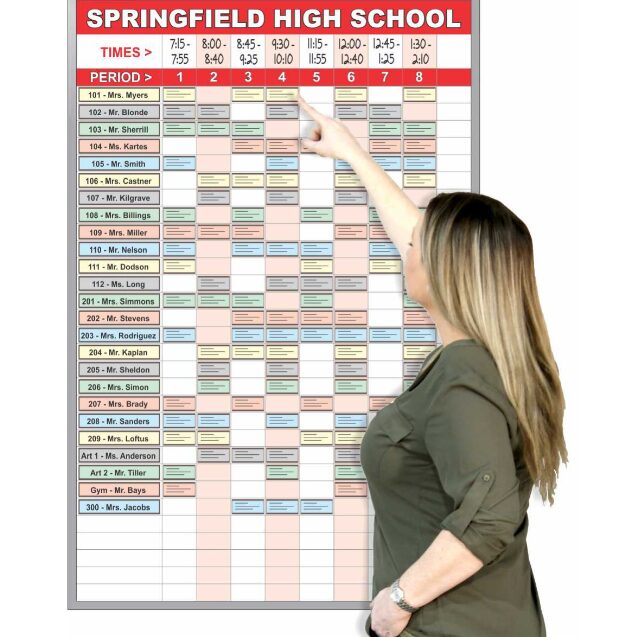Quick Guide to Learning Important First Aid Tactics

In an emergency, having a basic understanding of first aid may be quite beneficial. Having a fast reference to the most important first aid techniques is beneficial, whether at work, at home, or in public areas. These five key concepts will assist you in understanding and using fundamental first-aid techniques. Knowing these basic first aid techniques makes you an invaluable resource in emergency circumstances and helps to create a more secure and safe atmosphere for all parties.
Contents
1. Cardiovascular Emergencies:
It is crucial to be ready for cardiovascular crises, and doing CPR (cardiopulmonary resuscitation) is a vital skill that everyone should know how to do. The first step in acting appropriately in the event of a heart attack or cardiac arrest is recognizing the signals. By undergoing CPR training and staying up-to-date with Renewing CPR, individuals equip themselves with the knowledge and confidence needed to administer life-saving measures. The acts performed during those crucial seconds, whether it be giving rescue breaths or doing chest compressions, can greatly raise the odds of survival for someone undergoing a cardiovascular emergency. Continuous education and a CPR renewal certification ensures that individuals are well-prepared to act decisively and contribute to the chain of survival until professional help arrives.
2. Choking Incidents:
Being proficient in the Heimlich technique is necessary to handle choking situations efficiently. In cases where an individual is choking on food or something foreign, it is critical to act promptly and accurately. The Heimlich maneuver is approaching the person who is choking from behind, putting your arms around their waist, clenching one hand into a fist, and holding onto it with the other. Strike the abdomen quickly and upward, trying to push the thing out. To protect the person who is suffering from the choking episode, this technique must be carried out quickly and carefully. Knowing how to use this method can enable you to act quickly in an emergency, possibly averting major damage or even saving a life. Consider taking a first aid course to practice and reinforce your skills in managing choking incidents.
3. Wound Care and Bleeding Control:
First aid administration involves knowledge of bleeding control and wound treatment. If you are hurt, wash the area with a mild soap and water as soon as you can to get rid of any debris. To stop an infection, clean the wound with antiseptic wipes or solutions. Applying an appropriate dressing—like sterile gauze—protects the injury and speeds up the healing process. When bleeding, use a clean cloth or bandage to apply direct pressure to the wound to halt the flow. If at all feasible, elevating the wounded region might help halt the bleeding even more. These abilities are required to manage injuries and mitigate their consequences until trained medical help arrives. To obtain practical knowledge and self-assurance in managing wounds and controlling bleeding, think about enrolling in a first aid course.
4. Fractures and Sprains:
Giving good first aid for musculoskeletal injuries requires the ability to identify the symptoms of fractures and sprains. Immobilizing the damaged limb is essential in the event of a suspected fracture in order to stop additional damage and relieve discomfort. Stabilizing the fracture and enabling safer transfer to medical facilities can be achieved by supporting the damaged region with bandages or splints. The R.I.C.E. (Rest, Ice, Compression, Elevation) technique is helpful for sprains. Sprains can be managed and healing accelerated by telling the person to rest the injured limb, administering ice to minimize swelling, applying compression with a bandage, and elevating the leg. By being familiar with these methods, you will be able to assist individuals who are in need by providing appropriate care for fractures and sprains. Consider enrolling in a first aid course to gain hands-on experience and enhance your skills in managing musculoskeletal injuries.
5. Recognition of Shock:
Since shock can be fatal and needs to be treated quickly, recognizing it is an essential part of first aid training. Fast breathing, a weak or fast heartbeat, clammy, chilly skin, bewilderment, and a pale complexion are typical signs of shock. If you suspect someone is experiencing shock, you need to respond quickly. To enhance blood flow to critical organs, place the patient on their side, raise their legs slightly, and cover them with a blanket to regulate body temperature. Assure the person, maintain their composure, and promote deep, slow breathing. Keeping an eye on the patient’s vital signs and offering comfort might help stabilize their condition while they wait for expert medical treatment. Comprehensive recommendations for identifying and managing shock are frequently included in first aid training so people are well-prepared to act appropriately in emergency circumstances.
Conclusion:
Possessing a brief manual on first aid techniques enables you to react appropriately in emergency scenarios. By mastering and using these basic skills, you can help make the environment safer for yourself and the people around you. Basic first aid knowledge prepares you to respond quickly and effectively in an emergency, possibly saving lives and promoting a feeling of community safety.





